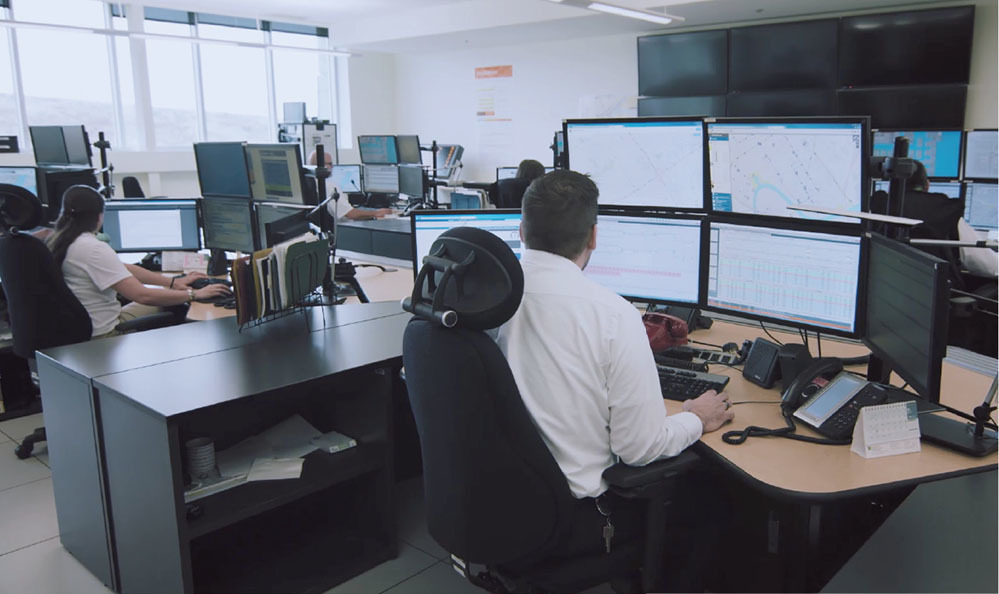
RTC Quebec Guide to IT Principles – How to plan IT infrastructure for Transit Companies?
The transit industry is going through a major transformation. Technology is bringing lots of new changes. The number of stakeholders involved in the information chain around public transit companies is increasing with the use of new applications including smartphone applications, connected telemetry objects, cloud computing, and other future technologies.
In this evolving world, public transit companies need to adopt a framework guiding decisions related to the evaluation of new information technology (IT) projects. RTC (Réseau de transport de la Capitale) Quebec develop a guide to principles to support stakeholders in planning, design, deployment, evolution, and maintenance processes of the various information systems present or to be deployed within the organization.
The RTC’s mission is to ensure the mobility of people on its territory, by offering public transport and promoting the integration of different transport solutions. To fulfill its mission, the agency is focusing on implementing integrated and on-demand mobility solutions.
RTC’s guide to information technology focuses on 4 key elements:
- Accompany the digital shift: implement scalable and connected solutions, as well as modern work tools that support collaboration and efficiency.
- Invest strategically in IT: develop organizational agility
- Establish sound management: adopt a broader perspective by involving both the business sector and IT team
- Comply with standards and obligations: apply good practice to meet good governance
RTC plans to review and adjust these guidelines annually to maintain their relevance and meet the needs of the organization.

Accompany the digital shift
The purpose of this guiding principle is to ensure that the decision of implementing new technology solutions is based on a long-term vision.
Key parameters:
1.1 Designing scalable and long-lasting solutions – focusing on modular solutions
1.2 Systematically plan for integration – automated integration using APIs and open standards
1.3 Consider data as an asset – manage data life cycle appropriately
1.4 Implement constant connectivity – access solution from anywhere

Invest strategically in IT
The purpose of this guiding principle is to ensure that the investment in a new solution should be the last resort.
Key parameters:
2.1 Reuse, acquire and develop – commercial solutions must be preferred to inhouse development
2.2 Advocate cloud computing – prioritize the approaches SaaS, PaaS and infrastructure as a service
2.3 Limit technological diversity – manage technology lifecycle to support changing business needs

Establish sound management
The purpose of this guiding principle is to ensure that the new solution should make both the operational team and customer happy.
Key parameters:
3.1 Adopting a global perspective – solutions should meet the needs of all stakeholders
3.2 Avoiding software corruption – adapt the process to the product and not the opposite
3.3 Favor maintainability – ensure compatibility with the technological environment of the RTC

Comply with standards and obligations
The purpose of this guiding principle is to ensure that the new solution should not hinder the functionality of the organization in case of failure.
Key parameters:
4.1 Ensuring business continuity – ensuring continued operations in the event of failure
4.2 Securing Technology Assets – subject to an exhaustive risk analysis
4.3 Provide adequate technological infrastructure – set up the infrastructures and links appropriate telecommunications to ensure proper operation
4.4 Meet accessibility requirements – ensure accessibility needs of users, including internal users
First IT principles at RTC (French Version): Download link
Sorry, the comment form is closed at this time.



Pingback: Digital Technology, the Solution to the Future Mobility Challenges - Christian Lebeuf - Mobility Innovators